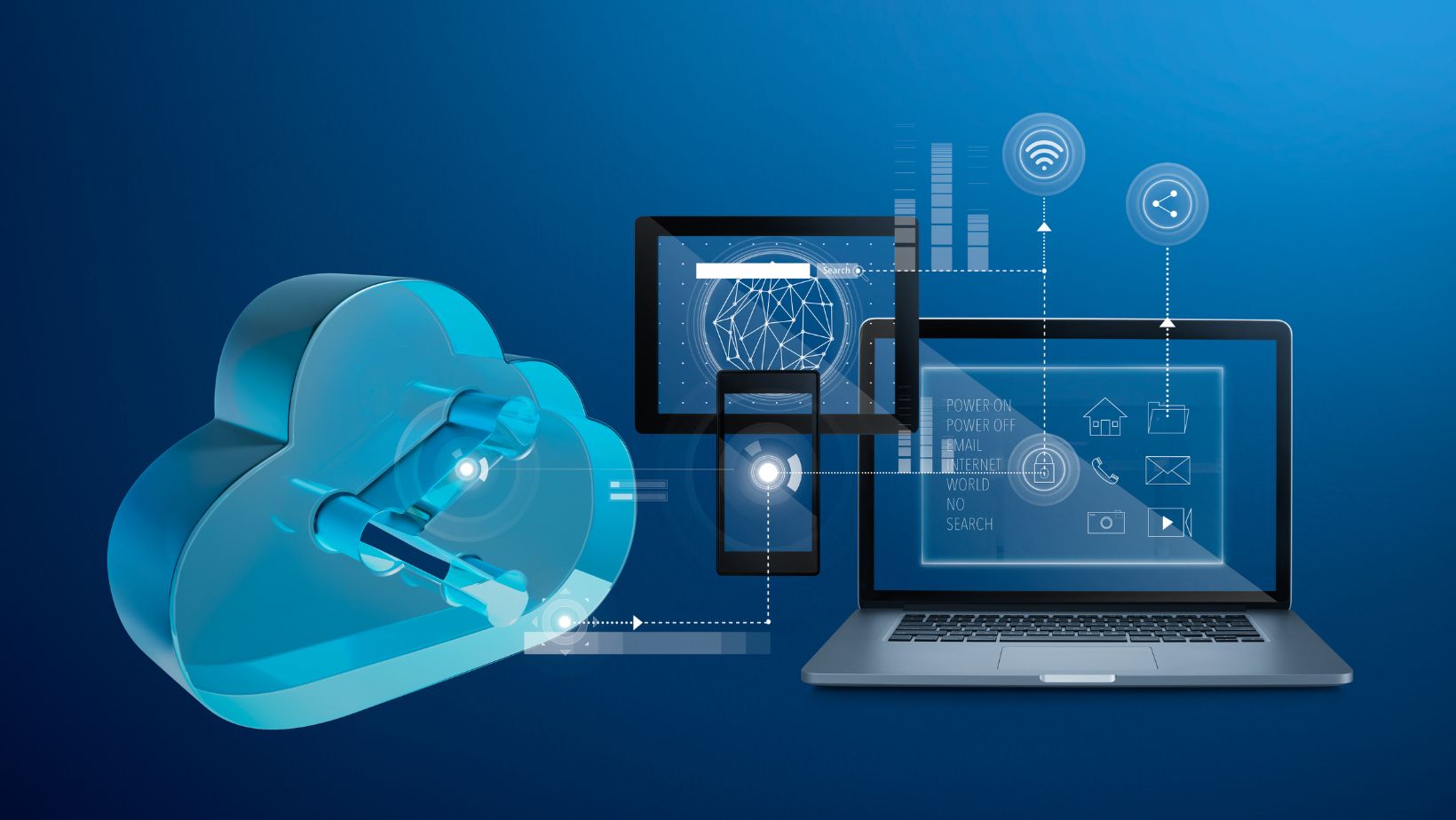Ensuring that workers are protected from hazards and potential injuries is not only a legal requirement but also a moral obligation for employers. One tool that has proven to be invaluable in this regard is a Computerized Maintenance Management System (CMMS). Beyond its primary function of streamlining maintenance operations, CMMS plays a crucial role in safeguarding employees by improving safety measures, minimizing risks, and ensuring compliance with safety regulations.
Understanding CMMS and Its Role in Safety
A CMMS is a software platform designed to manage maintenance activities within an organization. It helps schedule and track maintenance tasks, manage work orders, and maintain records of equipment and asset performance. While its primary purpose is to optimize maintenance processes, the system also offers significant benefits for employee safety by reducing the chances of accidents, ensuring equipment is in proper working order, and fostering a culture of safety.
Preventative Maintenance for Accident Prevention
One of the most significant contributions of a CMMS to employee safety is its preventative maintenance capabilities. By scheduling regular maintenance tasks and inspections, a CMMS ensures that equipment and machinery are consistently in good working condition. Faulty equipment can be a major source of accidents, from machine malfunctions to unexpected breakdowns.

A CMMS minimizes the chances of such incidents by automatically generating work orders for maintenance before equipment failure occurs.
For example, a manufacturing plant that uses a CMMS to monitor the condition of its machinery can significantly reduce the risk of accidents related to machine malfunctions. When machines are properly maintained and serviced on time, employees are less likely to encounter unsafe working conditions, such as sudden equipment failures or dangerous malfunctions.
Ensuring Compliance with Safety Regulations
Compliance with safety regulations is critical in any industry, and failure to adhere to these standards can result in severe penalties and, more importantly, endanger the lives of employees. A CMMS helps organizations stay compliant with industry-specific safety regulations by ensuring that all maintenance activities are documented and up-to-date.
The system tracks maintenance tasks, inspections, and repairs, providing a clear audit trail of compliance efforts. In the event of a safety inspection or audit, the organization can easily access records to demonstrate that all necessary maintenance and safety procedures have been followed. This level of documentation not only protects employees but also reduces the risk of costly fines and legal issues for the company.
Hazard Identification and Risk Management
A CMMS can also assist in identifying potential hazards before they lead to accidents. By analyzing data on equipment performance and maintenance history, the system can detect patterns that may indicate an increased risk of failure or malfunction. For instance, if a particular piece of equipment frequently requires repairs, this may signal a deeper issue that could pose a safety risk. The CMMS can alert maintenance teams to investigate further and take corrective action before an accident occurs.
Moreover, CMMS systems can be integrated with other safety management tools, such as risk assessment software, to provide a more comprehensive approach to hazard identification and risk management.

This integration ensures that all safety-related information is centralized and easily accessible, enabling organizations to respond quickly to potential risks and mitigate them effectively.
Promoting a Safety-First Culture
Implementing a CMMS can also foster a safety-first culture within an organization. When employees see that their company prioritizes maintenance and safety through the use of advanced tools like CMMS, they are more likely to adopt safe work practices themselves. A well-maintained work environment signals to employees that their safety is valued, which can boost morale and encourage them to be more proactive in reporting potential hazards or unsafe conditions.
Additionally, CMMS systems often include features that allow employees to report maintenance issues or safety concerns directly through the platform. This empowers workers to take an active role in maintaining a safe workplace and ensures that potential dangers are addressed promptly.
Conclusion
Incorporating a CMMS into your organization’s operations goes beyond optimizing maintenance workflows—it plays a critical role in enhancing employee safety. By ensuring equipment is properly maintained, complying with safety regulations, identifying potential hazards, and promoting a culture of safety, a CMMS helps create a safer workplace for everyone. For organizations committed to protecting their employees and reducing workplace accidents, investing in a CMMS is a strategic move that pays dividends in safety, compliance, and overall operational efficiency.




